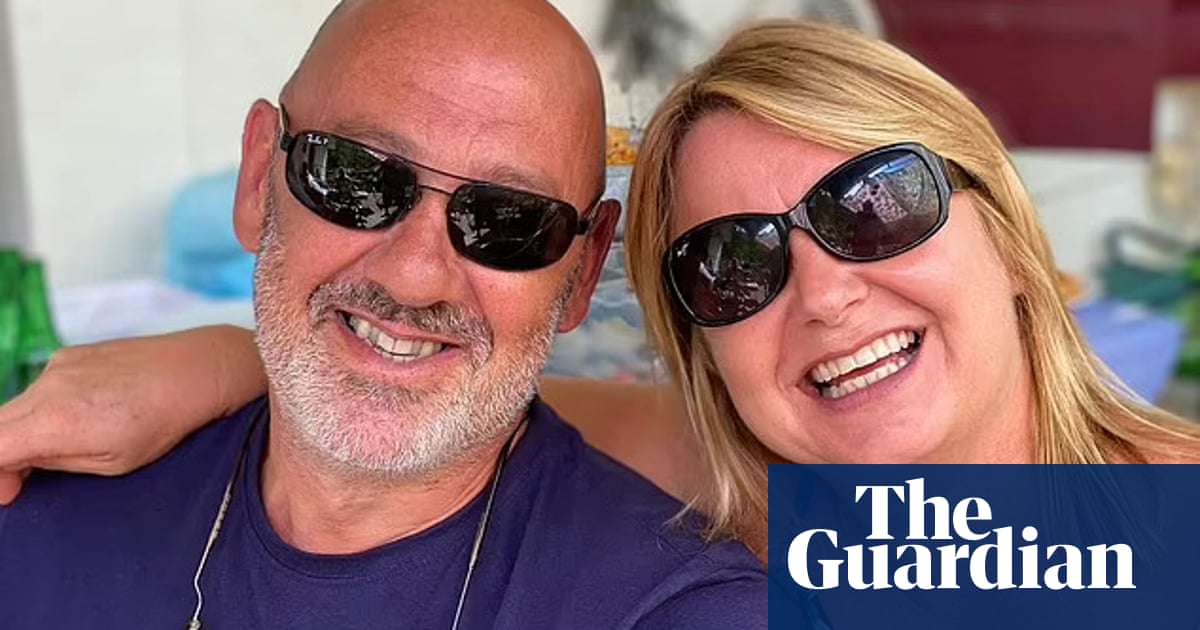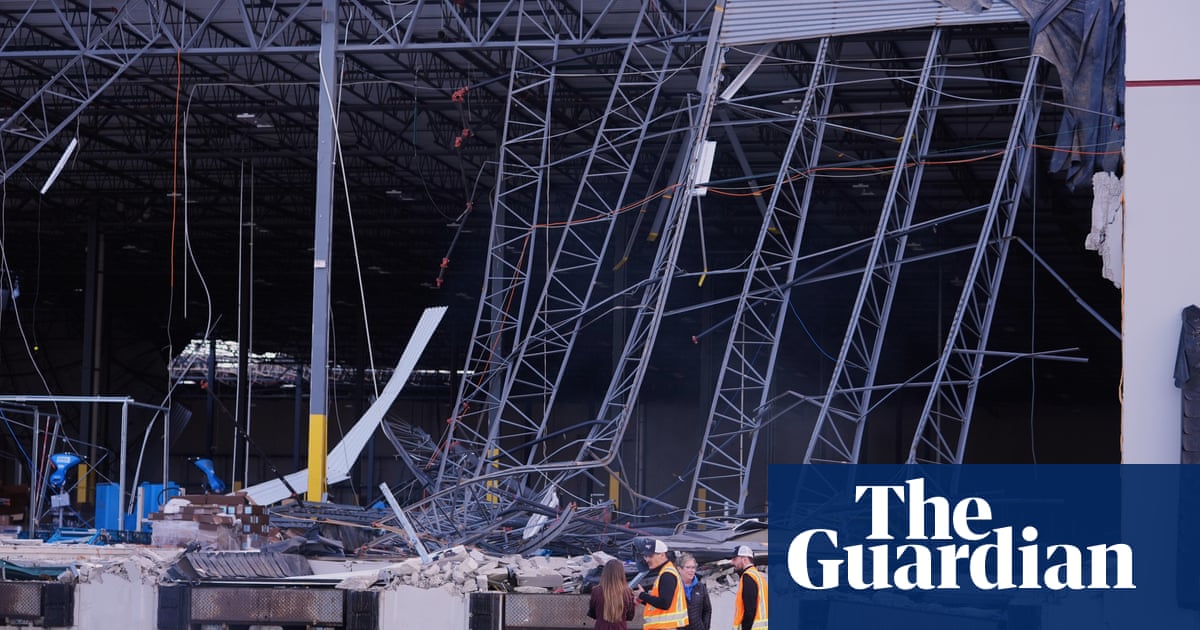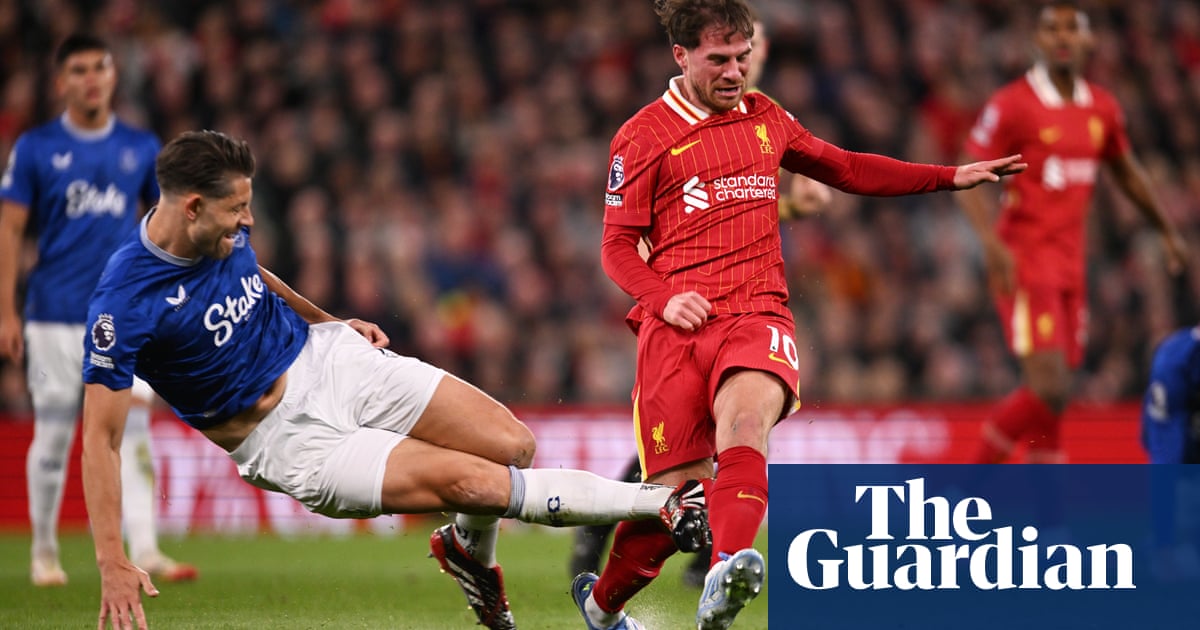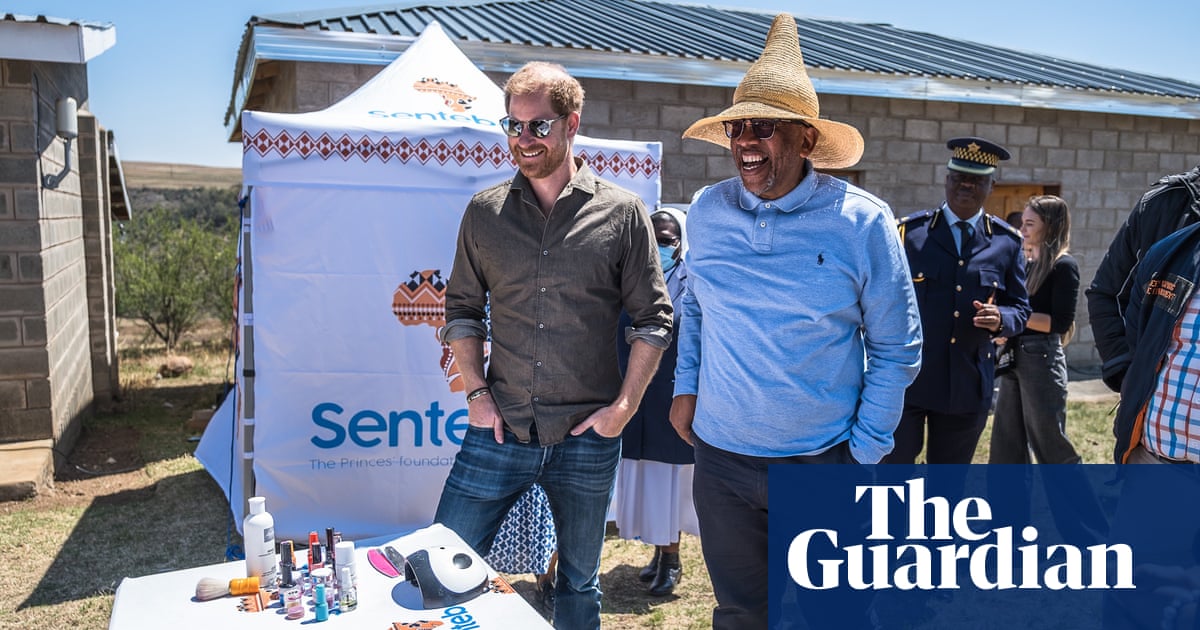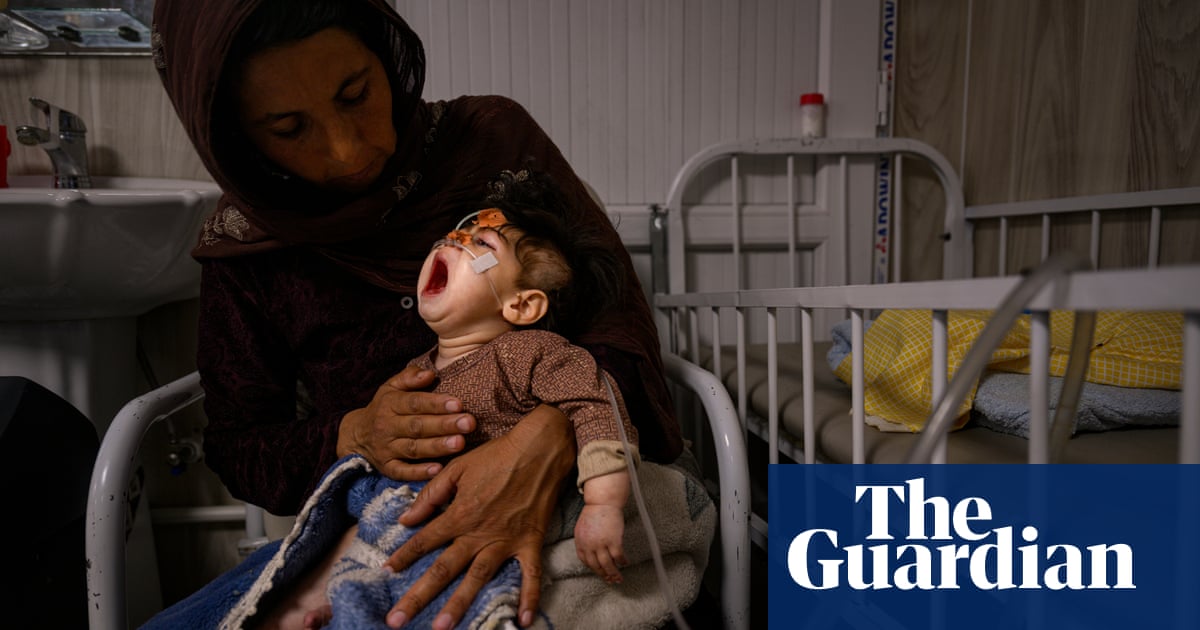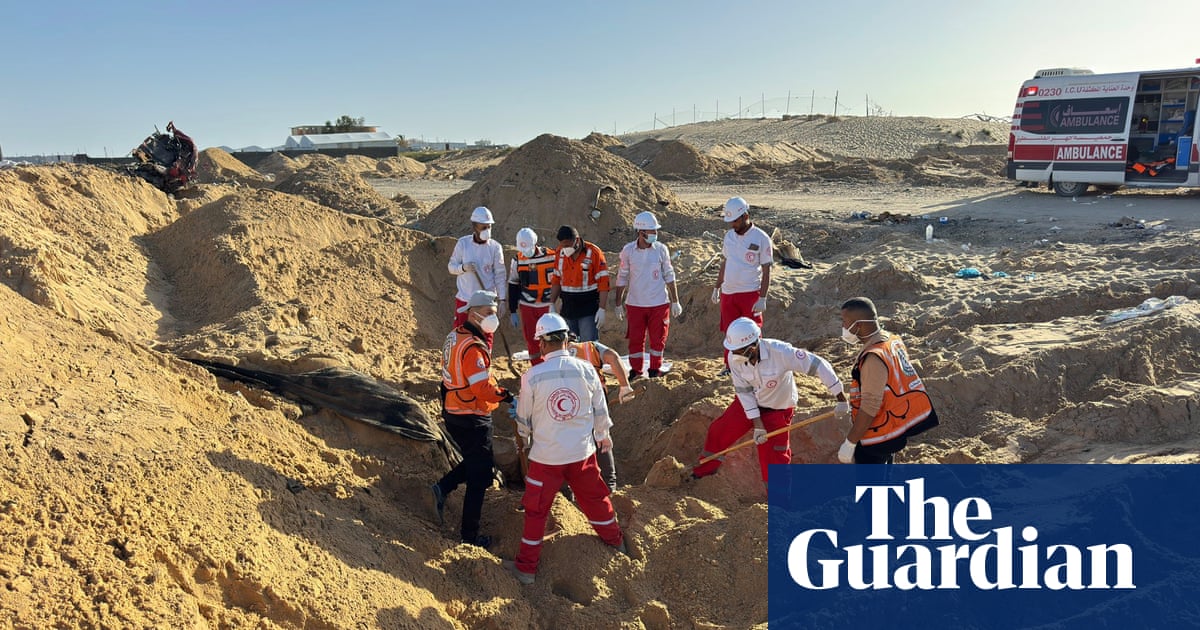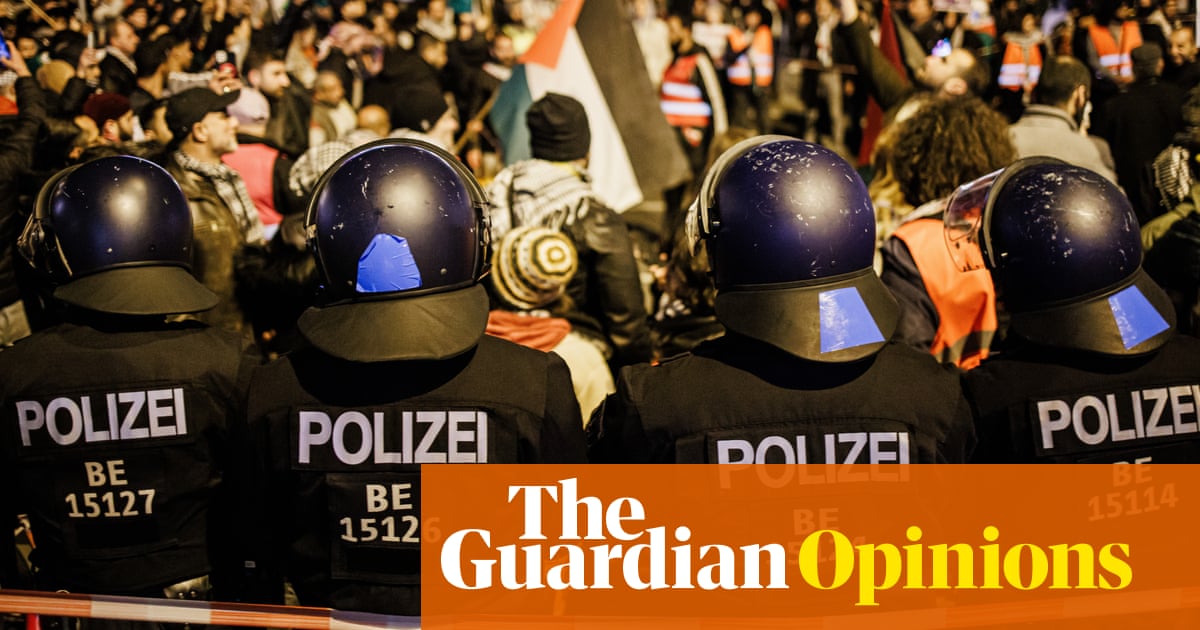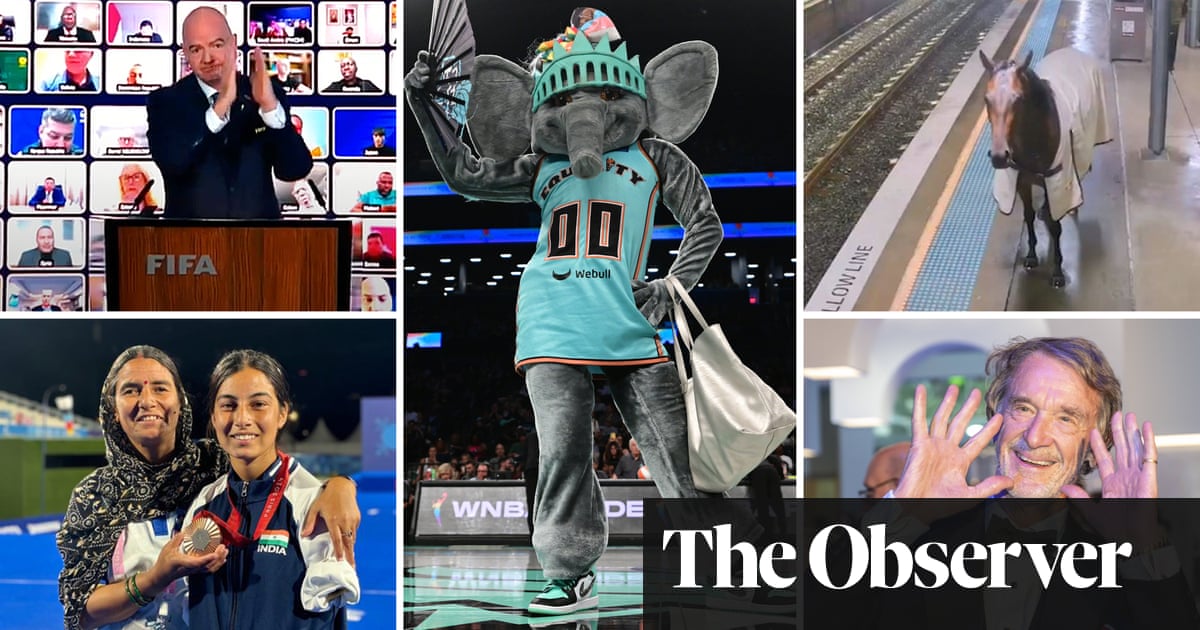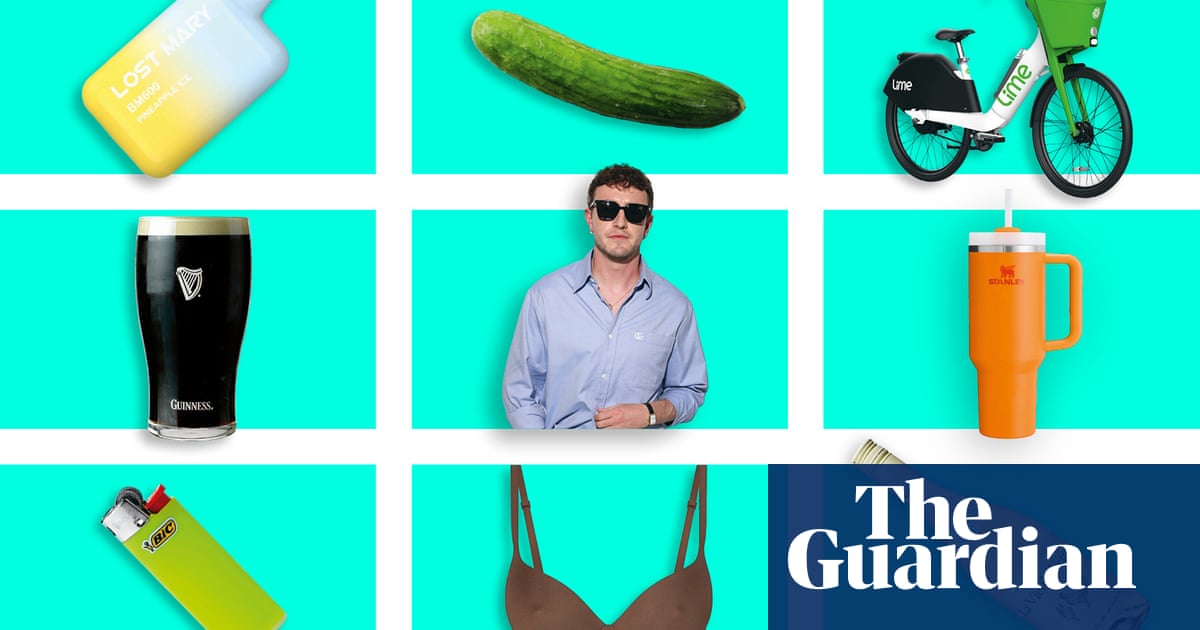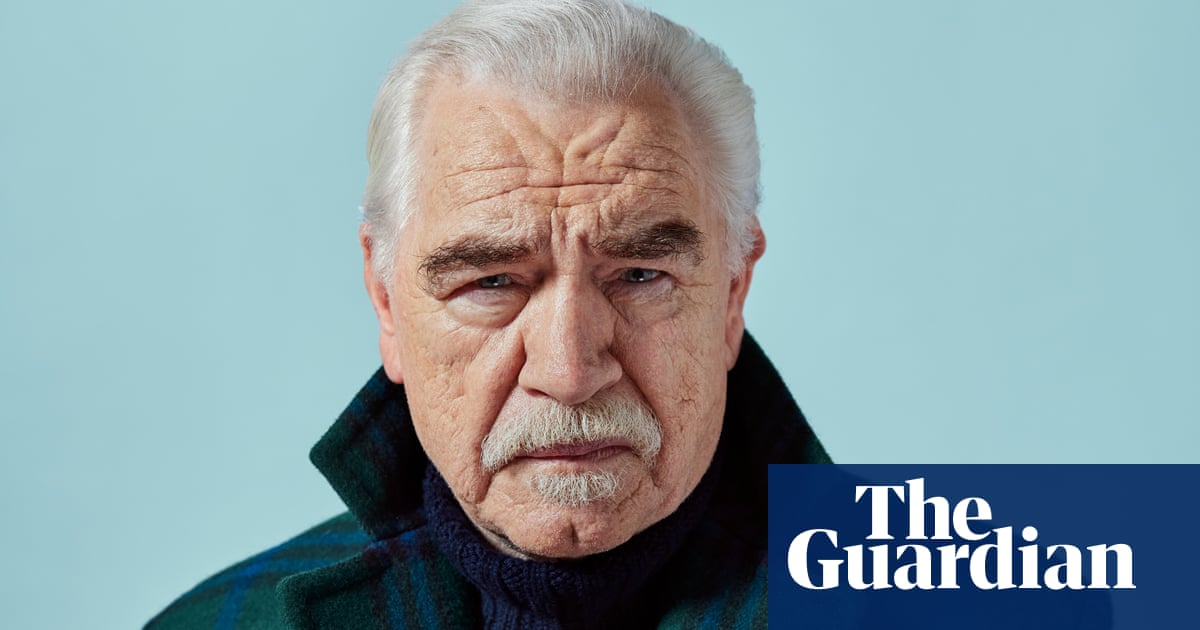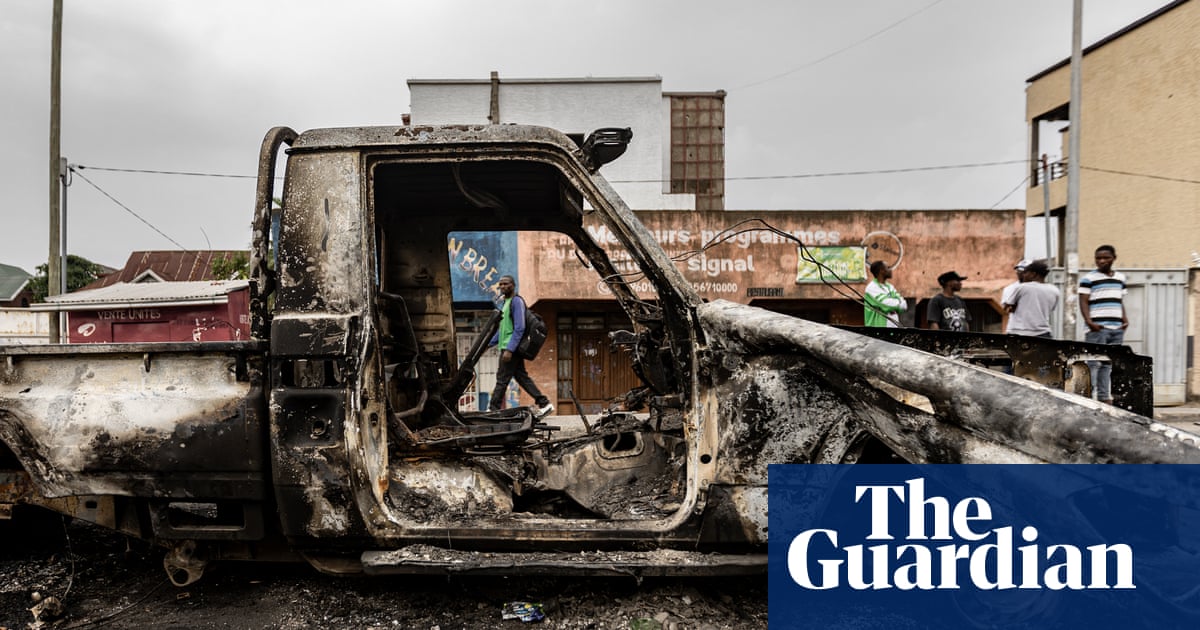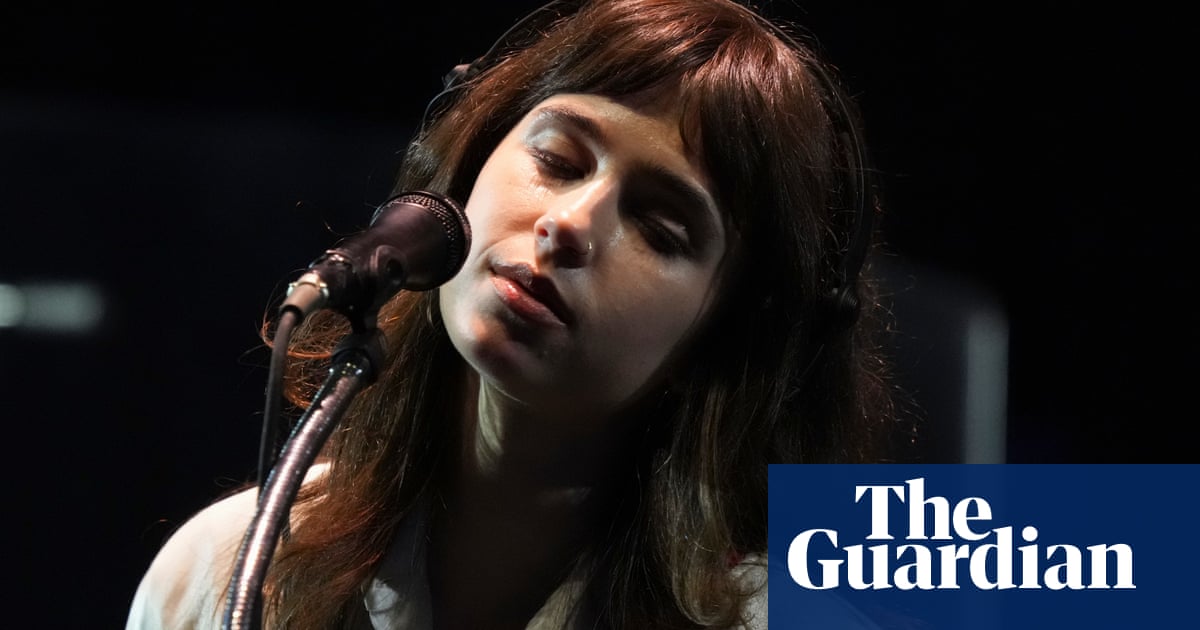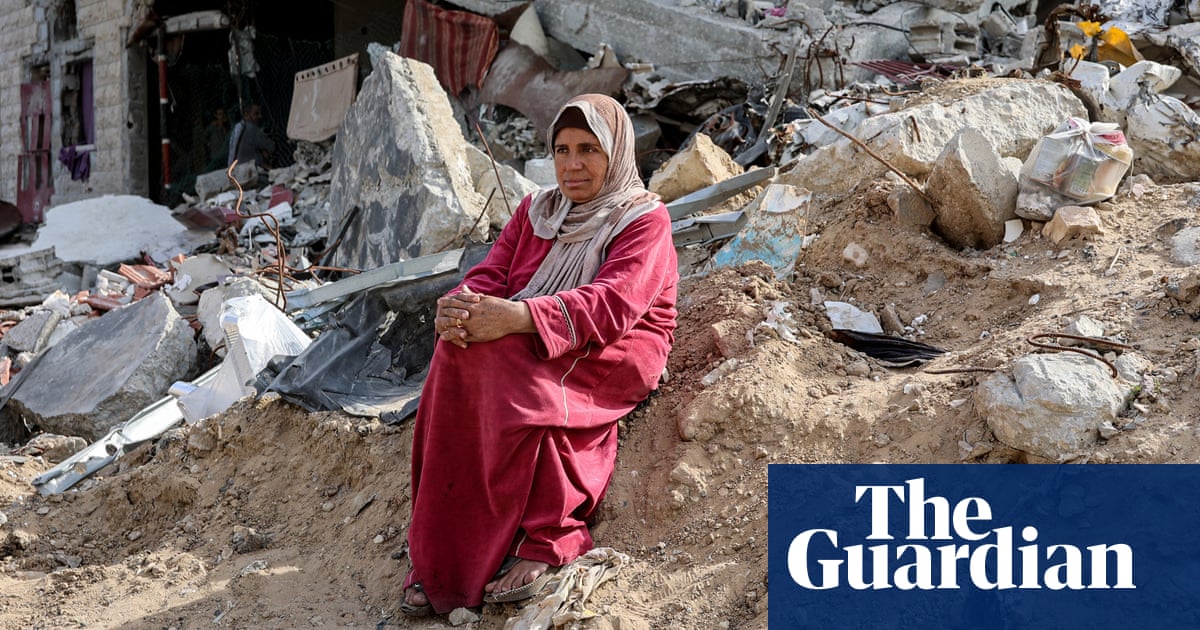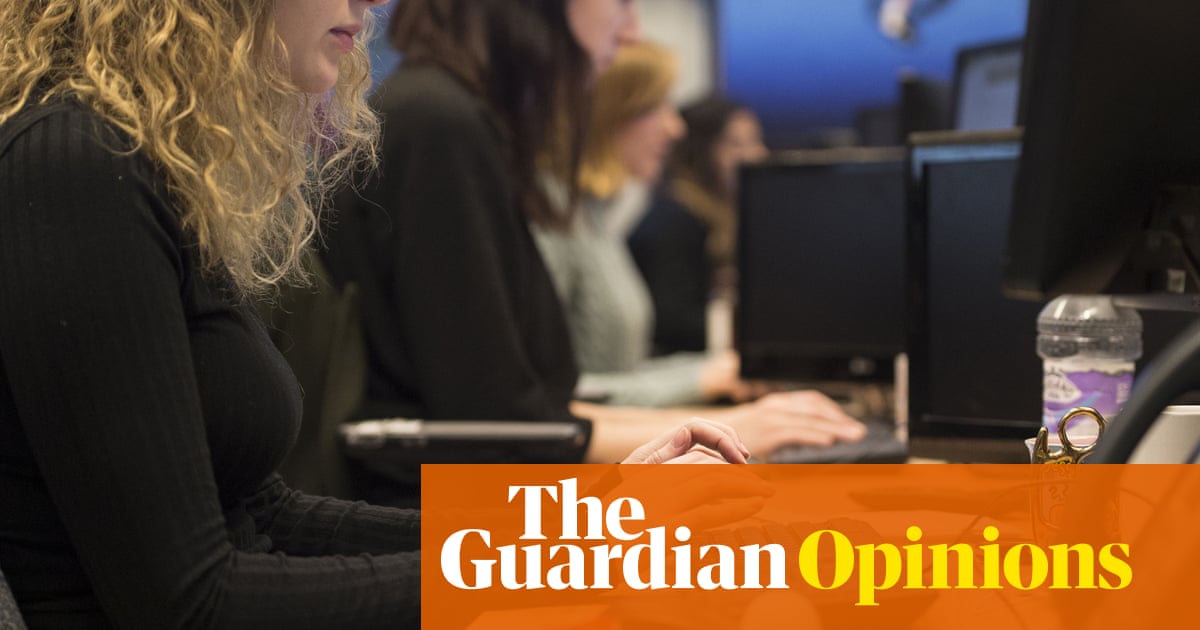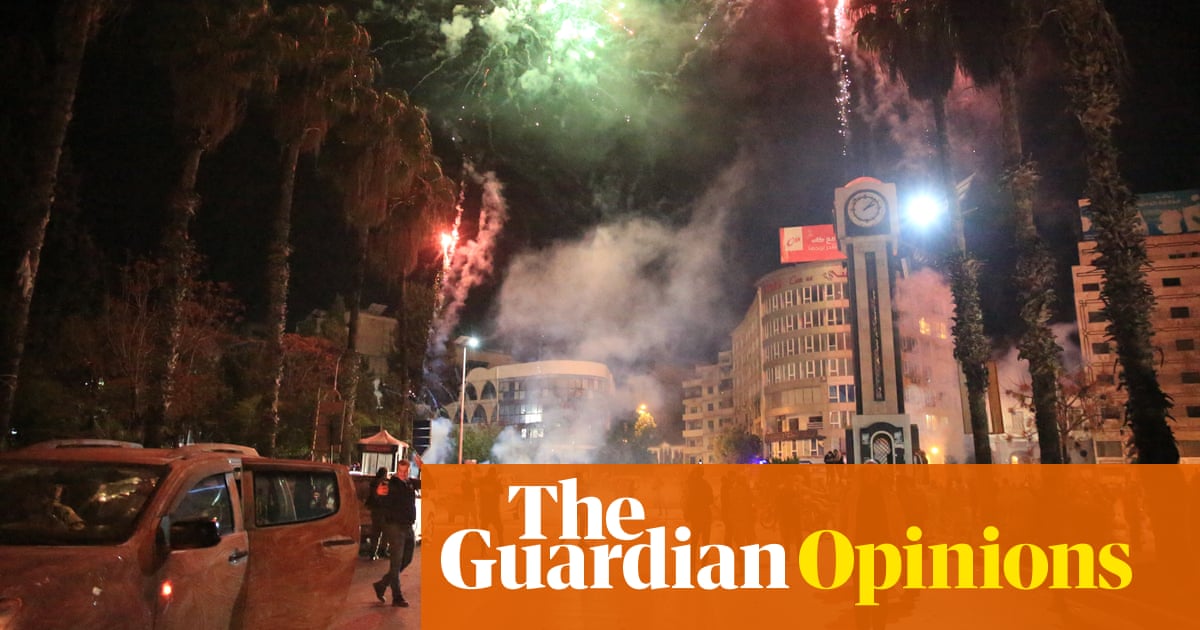My personal projects have often focused on the topic of identity, so the world of cosplay immediately appealed to me. I knew nothing about it until I saw some photographs on Instagram and became interested in these people who spend their free time turning themselves into characters from manga, anime, movies and video games – or even into creations they’ve come up with by themselves.
Italy’s biggest annual cosplay event is held in the region where I live, Tuscany. I started going and taking pictures, just on my phone at first, and that’s where I first approached cosplayers to ask if they’d like to help me with a project I had in mind. In the 1970s, John Olson took some portraits for Life magazine of musicians such as Frank Zappa and Elton John at home with their parents. They contrasted the individual identity of the rock stars and the social identity represented by their parents, and that seemed the right way to photograph cosplayers, too. I thought it was far more interesting to show them in a domestic setting, alongside people in everyday clothes, than in the environment of a fantasy-themed event.
If you ask a cosplayer if you can take a picture, they’re always really happy. The problem is convincing their parents, a lot of whom think the hobby is a waste of time and money. Of the 200 or so cosplayers I’ve approached so far, at least half were unable to participate because their parents said no. But others recognised the passion their children have for this pursuit, and the artistry involved in making the costumes.
Initially my plan was to take all the photographs with parents, but as the project went on I sometimes included different family members, depending on the cosplayer’s circumstances. For example, the photograph I took in Livorno, Tuscany, of Manuel posing as Spider-Man in his grandparents’ bedroom: his grandfather sits on the bed beside him while his grandmother uses her exercise bike in the background.
Japan is the mecca of cosplay. It was born there at comic conventions in the 70s and 80s. That’s where I photographed Monaka, who you see here. The cyclops character she’s dressed as is part of a subculture called tanganmen, which I think only started five or six years ago. A designer came up with this one-eyed mask which quickly spread in Tokyo, where Monaka runs a cafe called Monster Party. Customers dressed in tanganmen masks gather there – this costume is what she wears to work.
The guy next to her is her brother, and the portrait he’s holding is of their mother, who died 12 years ago. I found it on a table in the house while we were setting up and, when I asked about it, Monaka told me her mother was the first person to take her to a cosplay event, when she was 20 years old.
Another photograph I took in Tokyo shows Monaka’s close friend Pitan in the bedroom of her tiny apartment with the three cats she describes as her family – her parents no longer live in the city. Pitan’s costume is a character she invented herself, a sort of doll with the face of a cat.
Because the practice has been established for so long in Japan, many of the cosplayers I photographed were in their 30s, 40s and 50s. There were better costume-making materials available in Japan and Europe too, whereas a lot of the outfits I saw when I took the project to Kenya had more of a homemade feel. For example, a young woman called Brenda had created a female version of the manga character Chainsaw Man, and I much preferred her cardboard chainsaws to the plastic, 3D-printed versions I saw Italian cosplayers wearing.
Everyone involved in this series, which I called They Don’t Look Like Me, seemed to enjoy the process and it has been very satisfying to see both generations responding positively to the finished pictures. It’s an ongoing project reflecting a global phenomenon – next I want to move on to Latin America.

Niccolò Rastrelli’s CV
Born: 1977, Florence
Trained: Fondazione Studio Marangoni, Florence
Influences: “Many sources, from fashion and documentary photographers to films and books. The first photographer to truly capture my interest, without a doubt, was Nobuyoshi Araki.”
High point: “When I see my photo project on display.”
Low point: “When I don’t see my photo project on display.”
Top tip: “Follow your dreams and take pictures every day.”

 23 hours ago
5
23 hours ago
5
